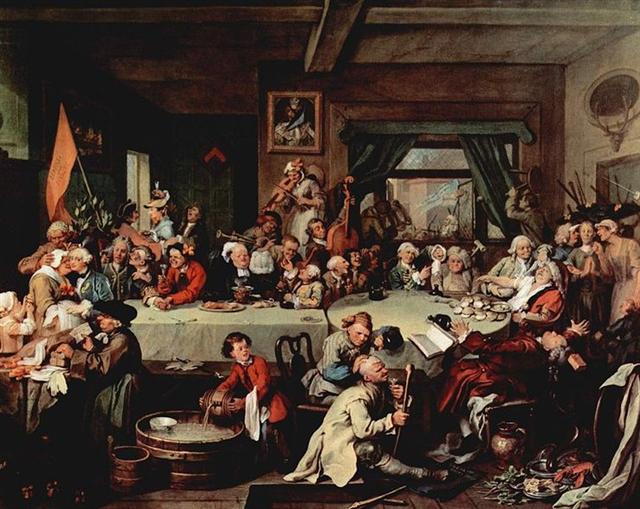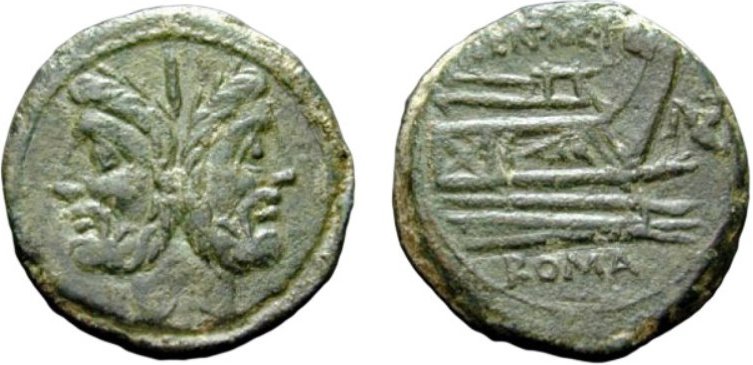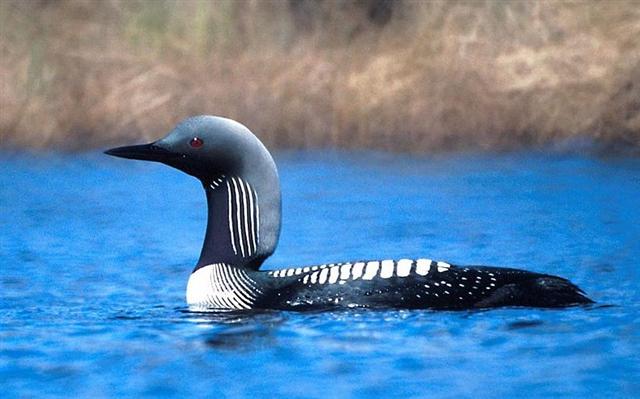526. Once again. When the Pope Gregory XIII broke away from the Julian calendar it was because he wished to adjust its dates: ... The Julian calendar day Thursday, 4 October 1582 was followed by the first day of the Gregorian calendar, Friday, 15 October 1582 (the cycle of weekdays was not affected) ... ... The reform was adopted initially by the Catholic countries of Europe. Protestants and Eastern Orthodox countries continued to use the traditional Julian calendar and adopted the Gregorian reform after a time, for the sake of convenience in international trade. The last European country to adopt the reform was Greece, as late as 1923 ... Britain and the British Empire (including the eastern part of what is now the United States) adopted the Gregorian calendar in 1752, by which time it was necessary to correct by 11 days. Wednesday, 2 September 1752, was followed by Thursday, 14 September 1752. Claims that rioters demanded 'Give us our eleven days' grew out of a misinterpretation of a painting by William Hogarth:
This could explain why it seems we have to adjust the Gregorian calendar dates wirh 11 days in order to reach the Easter Island dates.
From the last day of Tehetu'up˙ to the π day (3-14) - which according to the Gregorian calendar was in ║March 25 (84 = 73 + 11) - there was a fortnight. Metoro distinguished between manu puoko erua (bird with 2 heads) and tagata ariga erua (man with 2 faces). Evidently the former was at the Julian equinox while the latter could have been at the first day in Tarahao.
When the Pope had decided to abandon day 84 (Julian equinox) in favour of day 80 (Gregorian equinox) it implied counting from the December solstice in order to reach day 11 + 80 = 91 = 364 / 4 = 7 * 13 (║March 21), instead of the previous 84 = 336 / 4 = 7 * 12 (║March 25) as counted from the beginning of the year. DAY 370 at manu puoko erua agrees with 2 * 370 = 740 (equal to the number of glyphs on the C tablet), where 370 - 4 = 366 (= 2 * 183). ... When the Pope Gregory XIII updated the Julian calendar he did not revise what had gone wrong before 325 AD (when the Council of Nicaea was held). Thus the stars were still 3-4 days 'out of tune' compared to the calendar ... the Gregorian 'canoe' was 'crooked'. His calendar was not in perfect alignment with the ancient star structure. Because he had avoided to adjust with the effects of the precession between the creation of the Julian calendar and the Council of Nicaea in 325 AD. [The Julian equinox was in the 3rd month of the year and in its 25th day; 3-25.] However, from the time of Gregory XIII the precession would have returned the stars to their correct ancient positions. Or as told in the language of myth: ... There is a couple residing in one place named Kui and Fakataka [meaning Creating a Cycle]. After the couple stay together for a while Fakataka is pregnant. So they go away because they wish to go to another place - they go. The canoe goes and goes, the wind roars, the sea churns, the canoe sinks. Kui expires while Fakataka swims. Fakataka swims and swims, reaching another land. She goes there and stays on the upraised reef in the freshwater pools on the reef, and there delivers her child, a boy child. She gives him the name Taetagaloa [meaning Not Tagaroa]. When the baby is born a golden plover flies over and alights upon the reef. (Kua fanau lā te pepe kae lele mai te tuli oi tū mai i te papa). And so the woman thus names various parts of the child beginning with the name 'the plover' (tuli): neck (tuliulu), elbow (tulilima), knee (tulivae).
They go inland at the land. The child nursed and tended grows up, is able to go and play. Each day he now goes off a bit further away, moving some distance away from the house, and then returns to their house. So it goes on and the child is fully grown and goes to play far away from the place where they live. He goes over to where some work is being done by a father and son. Likāvaka is the name of the father - a canoe-builder, while his son is Kiukava. Taetagaloa goes right over there and steps forward to the stern of the canoe saying - his words are these: 'The canoe is crooked.' (kalo ki ama). Instantly Likāvaka is enraged at the words of the child. Likāvaka says: 'Who the hell are you to come and tell me that the canoe is crooked?' Taetagaloa replies: 'Come and stand over here and see that the canoe is crooked.' Likāvaka goes over and stands right at the place Taetagaloa told him to at the stern of the canoe. Looking forward, Taetagaloa is right, the canoe is crooked. He slices through all the lashings of the canoe to straighten the timbers. He realigns the timbers. First he must again position the supports, then place the timbers correctly in them, but Kuikava the son of Likāvaka goes over and stands upon one support. His father Likāvaka rushes right over and strikes his son Kuikava with his adze. Thus Kuikava dies. Taetagaloa goes over at once and brings the son of Likāvaka, Kuikava, back to life. Then he again aligns the supports correctly and helps Likāvaka in building the canoe. Working working it is finished ... Tagata ariga erua (the man with 2 faces, Janus) was at the Chained Hand of Andromeda:
There were 4 days (= 84 - 80) from manu puoko erua to the Nursing Breast (Schedir) at α Cassiopeia. ... In the morning of the world, there was nothing but water. The Loon was calling, and the old man who at that time bore the Raven's name, Nangkilstlas, asked her why. 'The gods are homeless', the Loon replied.
I'll see to it', said the old man, without moving from the fire in his house on the floor of the sea. Then as the old man continued to lie by his fire, the Raven flew over the sea. The clouds broke. He flew upward, drove his beak into the sky and scrambled over the rim to the upper world. There he discovered a town, and in one of the houses a woman had just given birth. The Raven stole the skin and form of the newborn child. Then he began to cry for solid food, but he was offered only mother's milk ... Similarly there were 4 days from tagata ariga erua up to and including DAY 360:
|
|||||||||||||||||||||||||||||||||||||||||||||||||||||||||||||||||||||||||||||||||||||||||||||||||||||||||||||||||||||||||||||||||||||||||||||||||||||||||||||||||||||||||||||||||||||||||||||||||||


















